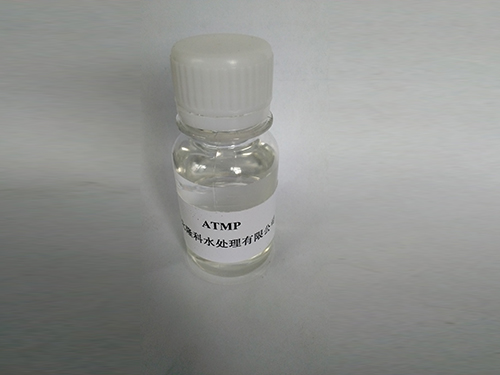polyacrylamide polymer
Understanding Polyacrylamide Polymer Applications and Significance
Polyacrylamide (PAM) is a versatile and widely utilized polymer known for its unique properties and broad range of applications across various industries. This synthetic polymer is formed through the polymerization of acrylamide monomers, resulting in a structure that can be tailored for specific needs by modifying its molecular weight and functionalities. In this article, we will explore the chemistry of polyacrylamide, its various applications, and its significance in contemporary technology and environmental management.
Chemistry of Polyacrylamide
Polyacrylamide is a linear polymer that can exist in several forms as a powder, a gel, or a viscous solution. The primary chemical structure consists of repeating units of acrylamide, which is a colorless, odorless organic compound. One of the key characteristics of PAM is its ability to absorb water, which is attributed to the presence of amide groups in its structure. This property makes polyacrylamide highly effective as a hydrophilic material, allowing it to swell and form gels in the presence of water.
Moreover, polyacrylamide can be modified to enhance its performance in specific applications. For example, it can be cross-linked to create hydrogels, or it can be functionalized with various chemical groups to improve its interaction with biological systems. The versatility of PAM lies in its ability to be tailored for different applications by adjusting the ratio of its ionic versus non-ionic forms, as well as its molecular weight.
Industrial Applications
Polyacrylamide is widely used in several industries, including water treatment, agriculture, oil recovery, and food processing. One of the most significant applications of PAM is in water treatment, where it serves as a flocculant. In this role, polyacrylamide helps aggregate suspended particles in water, making it easier to remove impurities and thus improving water quality. The ability to facilitate sedimentation in wastewater treatment processes is vital for environmental protection and compliance with regulatory standards.
polyacrylamide polymer

In agriculture, polyacrylamide is employed as a soil conditioning agent. When incorporated into soil, PAM improves moisture retention, reduces erosion, and enhances soil structure. This is particularly beneficial in arid and semi-arid regions where water conservation is critical. By promoting efficient water use, polyacrylamide contributes to sustainable agricultural practices and helps to increase crop yields.
Additionally, PAM finds applications in enhanced oil recovery processes. It is used to modify the viscosity of water injected into oil reservoirs, which helps to improve oil extraction efficiency. By enabling better displacement of oil from the reservoir rocks, polyacrylamide plays a crucial role in maximizing the yield from existing oil fields.
Environmental Significance
With growing concerns about environmental sustainability and the impacts of industrial processes, polyacrylamide's role in environmental management is increasingly vital. Its use in water treatment directly contributes to pollution abatement by facilitating the removal of hazardous substances from wastewater. Moreover, PAM can also act as a barrier for soil erosion in construction and landscaping, helping to protect ecosystems and maintain biodiversity.
Despite its beneficial applications, there are concerns about the environmental impact of polyacrylamide, particularly regarding its potential toxicity when not properly managed. The polymer itself is generally regarded as safe; however, acrylamide, one of its building blocks, is classified as a neurotoxin and a potential carcinogen. Therefore, proper handling, application, and disposal of polyacrylamide compounds are essential to mitigate risks associated with their use.
Conclusion
Polyacrylamide is a valuable polymer that has made significant contributions across various sectors, from enhancing water treatment efficacy to improving agricultural productivity and supporting oil recovery. Its unique properties, along with the ability to customize its formulation, make PAM a vital material in advancing technological processes and addressing environmental challenges. As industries continue to seek sustainable solutions and improve efficiency, the role of polyacrylamide polymer will likely expand, solidifying its importance in both industrial and ecological contexts. Understanding and managing its applications responsibly will ensure that PAM can be used effectively while safeguarding health and the environment.
-
Pbtc Scale InhibitorPBTC: A Scale Protector for Industrial Water TreatmentNewsAug.05,2025
-
Organic Phosphonate: An Efficient Defender in the Field of Scale InhibitionNewsAug.05,2025
-
Hydrolyzed Polymaleic Anhydride: Green Pioneer in Scale Inhibition FieldNewsAug.05,2025
-
PAPEMP Polyamino Polyether Methylene Phosphonic Acid For SaleNewsAug.05,2025
-
Flocculant Water Treatment: A Pioneer in Purification in the Field of Water TreatmentNewsAug.05,2025
-
Benzyl Isothiazolinone: An Efficient and Broad-Spectrum Antibacterial Protective GuardNewsAug.05,2025





